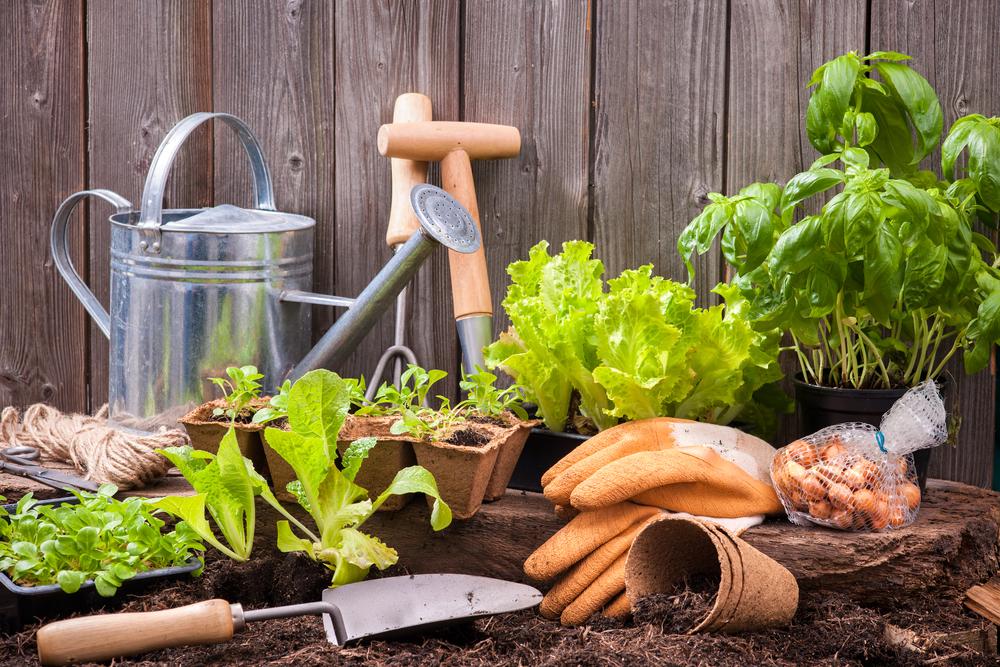Garden tools are the unsung heroes of the horticultural world. With hundreds to choose from, let’s start with the few every gardener really needs.
Get a Grip
Having the right equipment makes the gardening experience more efficient and pleasurable, starting with a good pair of garden gloves.Cloth gloves are lightweight and breathable, which is important on hot days. They keep hands clean and protected from bug bites, sunburn, and blisters after a long day of planting, hoeing, or weeding. Leather gloves add more protection against cuts, scrapes, and thorns, and some may also be waterproof.





